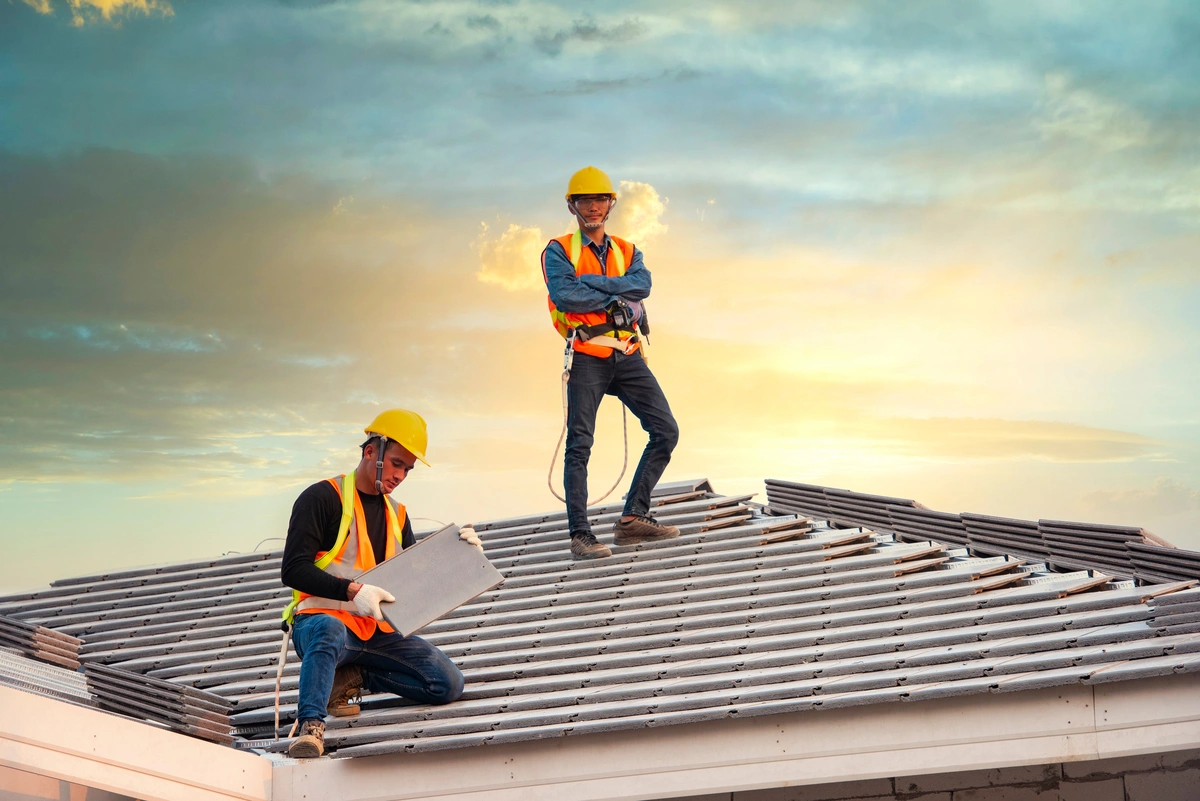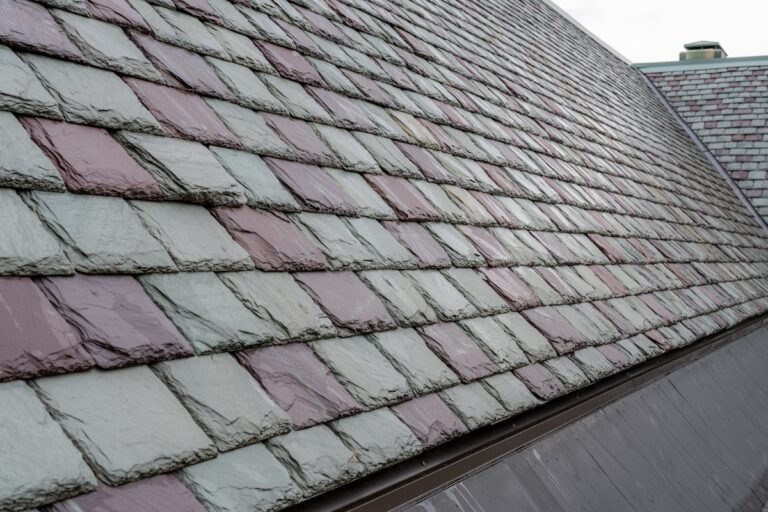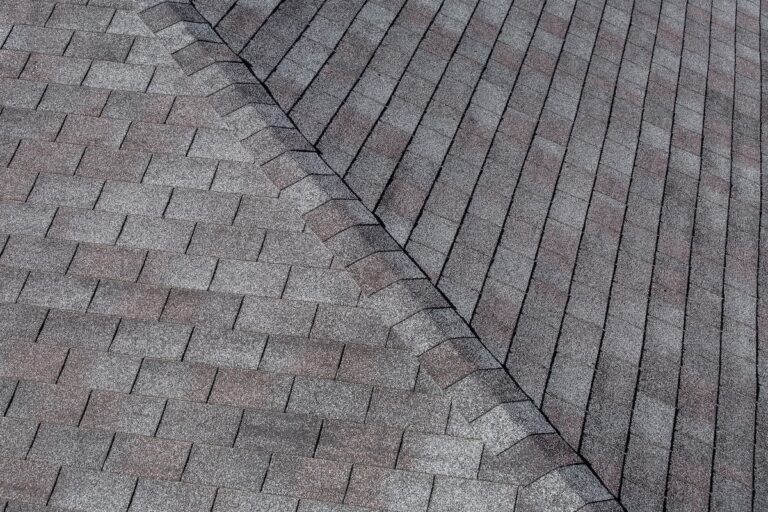You deserve a commercial roof that, well…works! But it’s hard to keep your roof working smoothly without regular maintenance. And a big part of roof maintenance? Inspections.
Today, we’ll explore everything a building owner needs to know about a commercial roof inspection, including:
- What inspectors look for
- Signs of roof damage
- When to hire a professional roofing company
- How often your roof should be inspected
Keep reading to get access to our commercial roof inspection checklist, so that you can know exactly what your roofing contractor will look for.
What 5 Things Does a Roof Inspector Look For?
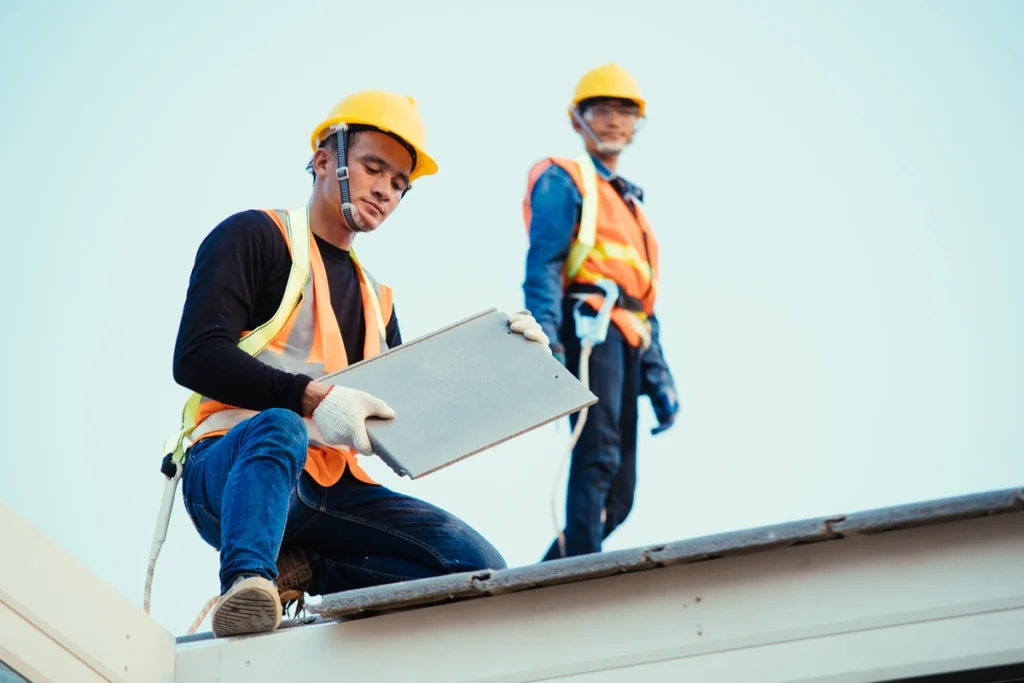
A commercial roof inspection is a thorough evaluation of the condition of the roof and its various components. During an inspection, a roofing professional typically examines several key areas:
1. Roof Surface
The roof surface is the most visible part of the roof and includes materials like shingles, tiles, or metal panels. Inspectors look for:
- Cracks, splits, or tears in the roofing material
- Blisters or bubbles indicating trapped moisture
- Loose or missing materials such as shingles or tiles
- Moss, algae, or debris build-up which can cause deterioration
2. Flashings and Roof Penetrations
Flashings are metal pieces that cover the edges and joints where the roof meets walls, chimneys, or skylights. Inspectors check for:
- Rust or corrosion on metal flashings
- Loose or poorly sealed flashings which can allow water penetration
- Cracks or gaps around roof penetrations like vents and pipes
3. Gutters and Downspouts
Proper drainage is essential for preventing water damage. Inspectors examine:
- Clogged gutters which can cause water overflow and roof leaks
- Damaged or disconnected downspouts that prevent proper water flow
- Signs of water pooling which can weaken the roof structure
4. Roof Edges and Eaves
The edges of the roof are prone to damage from wind and weather. Inspectors look for:
- Damage to the drip edge which directs water away from the fascia and soffit
- Rot or deterioration of the eaves and soffits
- Evidence of animal or insect infestation which can compromise the roof’s integrity
5. Interior Ceilings and Attics
Sometimes, roof damage is more noticeable from the inside. Inspectors check:
- Water stains or discoloration on ceilings and walls
- Mold or mildew growth indicating moisture intrusion
- Sagging or damaged ceiling materials which can be a sign of structural issues
Signs of Commercial Roof Damage
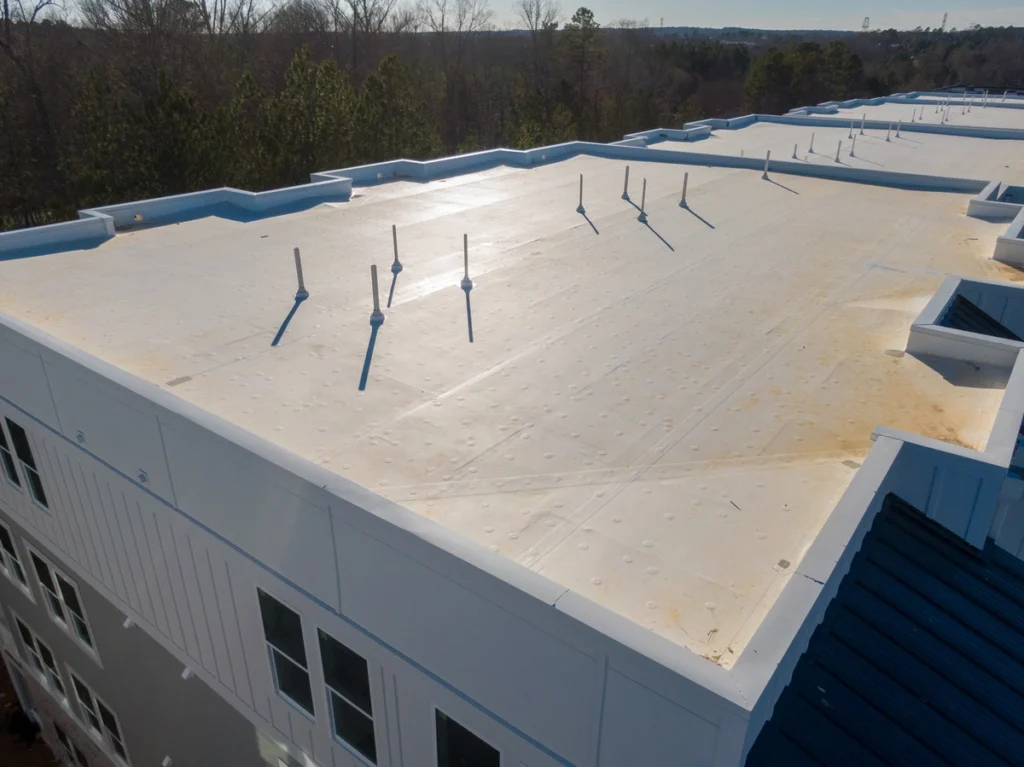
Recognizing the early signs of roof damage can prevent minor issues from turning into costly repairs. Here are some common indicators that your commercial roof may need attention:
Water Leaks
Water stains on ceilings or walls, damp spots, or dripping water are clear signs of a roof leak. Even small leaks can lead to significant damage if not addressed promptly.
Visible Wear and Tear
Regular wear and tear over time can lead to cracks, splits, or tears in the roofing material. Look for loose or missing shingles, tiles, or metal panels.
Ponding Water
Flat or low-sloped roofs are prone to water pooling, known as ponding. Persistent ponding can weaken the roof structure and lead to leaks.
Moss and Algae Growth
Moss and algae growth can trap moisture against the roof’s surface, causing deterioration and damage over time.
Blistering or Bubbling
Blisters or bubbles on the roof surface indicate trapped moisture, which can weaken the roofing material and lead to leaks.
Sagging or Dipping
A sagging or dipping roof is a serious sign of structural damage. It may indicate that the roof deck is compromised and requires immediate attention.
Increased Energy Bills
If your energy bills are rising unexpectedly, it could be due to poor insulation caused by roof damage. A damaged roof can allow heat to escape, causing your HVAC system to work harder.
When Should You Reach Out to a Professional Roofing Company?
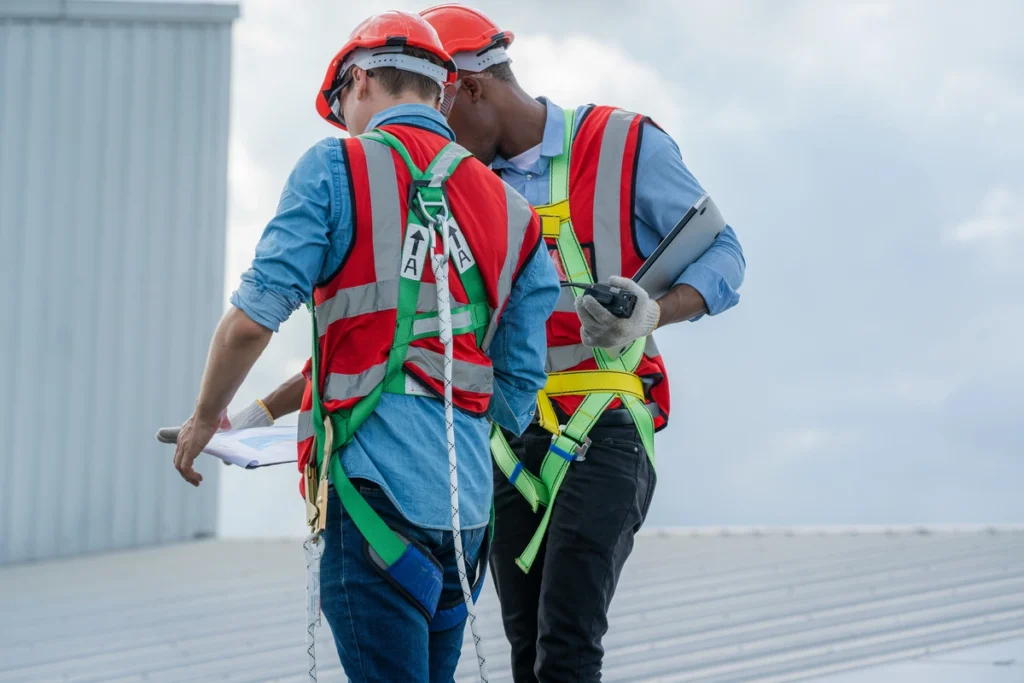
While some minor roof inspections can be done by building owners or maintenance staff, certain situations warrant the expertise of a professional roofing company. Here are some scenarios where you should consider calling in the pros:
- Major Storms or Extreme Weather Events: Severe storms, heavy rainfall, hail, or high winds can cause significant damage to your roof. After such events, it’s essential to have a professional inspection to assess any potential damage.
- Visible Structural Damage: If you notice sagging, dipping, or other signs of structural damage, it’s crucial to contact a professional roofing company immediately. These issues can compromise the safety and integrity of your building.
- Persistent Leaks: If you have recurring or persistent leaks despite previous repairs, it’s time to call in the experts. A professional can identify the root cause and provide a lasting solution.
- End of Warranty Period: If your roof’s warranty period is nearing its end, it’s wise to have a comprehensive inspection by a professional to identify any issues that may be covered under the warranty.
- Buying or Selling a Building: Before buying or selling a commercial property, a professional roof inspection can provide valuable information about the roof’s condition and potential repair costs.
How Often Should Your Roof Be Inspected?
Regular roof inspections are crucial for maintaining the longevity and performance of your commercial roof. Here are some guidelines on how often you should schedule inspections:
Bi-Annual Inspections
It’s recommended to have your commercial roof inspected at least twice a year, typically in the spring and fall. These routine inspections can help identify any issues that may have developed over the winter or summer months.
Post-Storm Inspections
After severe weather events such as storms, heavy rain, or hail, it’s essential to have a professional inspection to assess any potential damage.
Before and After Repairs
If you plan to undertake any roof repairs or maintenance, schedule an inspection before and after the work is completed. This ensures that the repairs are done correctly and that no additional issues have arisen.
Before Warranty Expiration
As mentioned earlier, schedule an inspection before your roof’s warranty period ends. This can help identify any issues that may be covered under the warranty, potentially saving you money on repairs.
Commercial Roof Inspections You Can Count On
A well-maintained commercial roof is essential for the safety, performance, and longevity of your building. Regular roof inspections can help identify potential issues early, preventing costly repairs and ensuring the structural integrity of your property.
If you’re unsure about the state of your commercial roof or need assistance with an inspection, reach out to your local professional roofing contractor at Johnson Restoration today. Our team of experienced professionals is here to help you protect your investment and ensure the longevity of your roof.
Contact us today to schedule your commercial roof inspection and keep your building in top shape!
